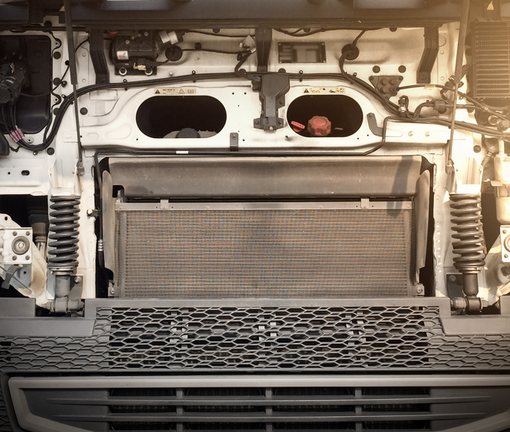Originally published in FleetOwner
First the good news, fatal truck and bus crashes are below 2000 levels, and in two-thirds of the crashes that were fatal, no driver-related factors were cited. This is according to the Federal Motor Carrier Safety Administration’s Office of Research and Registration.
The not so good news is that while lower than 2000 rates, in the past several years, the number of truck and bus crashes with a fatality is up. In addition, speeding, distracted driving, and failure to wear seatbelts are some of the driver behaviors that have been cited as contributing to a crash.
Tom Keane, associate director of the Office of Research and Registration, says the agency is looking at what it can do differently and indicated that it will be working with state agencies to determine the best safety practices.
This is probably a good time for fleets to also spend some time evaluating their commitment to safety and to review their safety training to see where they can make improvements.
Here are some areas fleets can focus on:
- The equipment: Are you spec’ing your vehicles with the latest safety equipment including lane departure warning, collision mitigation systems, etc.? Have you considered colored seatbelts, so they are very visible to drivers and serve as a gentle reminder?
- Maintenance: Are your maintenance procedures designed to make sure the truck is safe to operate? Are your drivers diligent in performing their pre- and post-trip inspections and noting safety-related issues? Is your service department taking the information from DVIRs seriously and ensuring that any problems are addressed before the vehicle goes back on the road?
- The onboarding process: Is your company’s commitment to safety front and center during your onboarding process? Do all new hires understand that safety is a core value of your organization?
- Ongoing training: Are you reinforcing safe driving behaviors regularly? Safety is not something you talk about once and then don’t mention again until there is an accident. Safety needs to be a regular and integral part of driver training throughout the year.
- Rewarding safe driving: Do you have a system to publicly acknowledge and reward safe drivers? If not, you should. Making an announcement about drivers who have reached certain safety milestones is a good way to reinforce your fleet’s commitment to safety and it can inspire other drivers.
- Management commitment: Are your managers truly committed to safety or are they just giving it lip service? Your drivers, technicians, dispatchers and other employees will take their cues from management on the real value of safety within the organization, so make sure you are sending the right message.
No one deliberately wants to operate in an unsafe manner, but in the hustle and bustle of everyday operation, it is easy to presume that everyone is doing all they can to be safe. Sometimes it is good to pause and reflect on your safety practices and then adjust and reinforce as necessary.
When it comes to heavy trucks, there is no such thing as being too safe.





